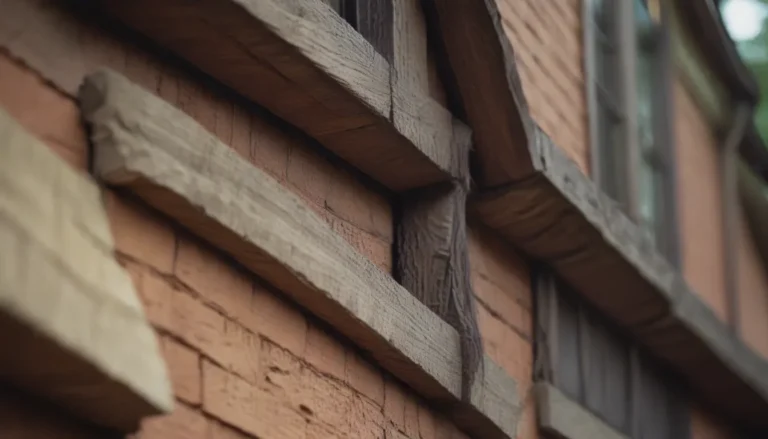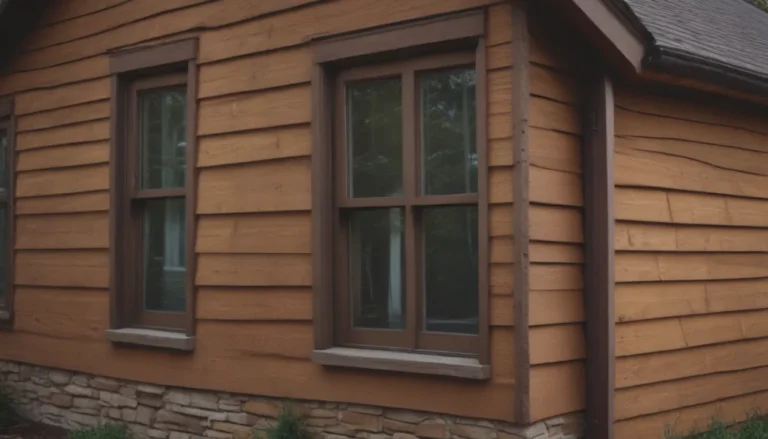How to Properly Size a Window Header for Optimal Installation

When it comes to installing a window, getting the size of the window header right is crucial. Not only does it ensure a smooth installation process, but it also plays a significant role in maintaining the structural integrity of your home. A poorly sized header can lead to a range of issues, from difficulty opening and closing the window to potential structural failures within your house. In this article, we will delve into the world of window headers, exploring what they are, common sizes, factors that influence their size, and alternatives to traditional lumber for window headers.
Understanding Window Headers
Before we dive into the specifics of window header sizes, let’s make sure we are all on the same page regarding what a window header actually is. A window header is a strong beam that spans horizontally across the top of a window opening. It serves as a key structural element that allows the space below to remain open, supporting the weight above. Essentially, a window header acts as a bridge that enables you to remove some studs from the wall while maintaining its overall strength.
Common Window Header Sizes
When it comes to choosing the right size for your window header, several factors come into play. Most window headers are built using two pieces of dimensional lumber placed side-by-side. The thickness of the header is limited by the depth of the wall in which it will be placed. Here are some common window header sizes based on the span of the window:
- Window Span: 3 feet: For window spans of 36 inches or less, two two-by-fours or one four-by-four are typically used.
- Window Span: 4 feet, 6 inches: Wider windows with spans of 4 feet, 6 inches or less often require two two-by-sixes for the header.
- Window Span: 5 feet, 9 inches: For even wider window spans, up to 5 feet, 9 inches, two two-by-eights are commonly used.
It’s important to note that sizing a window header accurately involves considering various factors such as the specific window size, shape, and load. This is where consulting a structural engineer, licensed contractor, or architect can be beneficial to ensure the header is sized correctly for your specific needs.
Factors Influencing Header Sizes
The recommended window header sizes mentioned earlier are based on single-story construction for a standard 20-foot-wide home. However, factors such as wider building widths and heavy snow loads can influence the size of the window header needed. Adhering to local building codes and regulations is essential to ensure the structural integrity of your home.
Some builders may opt to over-build the window header as a precautionary measure. For instance, using a couple of two-by-twelves for larger openings, such as patio or French doors, can provide added strength. While this may increase the cost slightly, it’s crucial to strike a balance between structural integrity and thermal performance, as over-building can result in increased thermal bridging and reduced insulation effectiveness.
King and Jack Studs: An Essential Component
In addition to the header itself, it’s crucial to consider the supporting elements when installing a window. Each window header requires two king studs and two jack studs (one on each side). However, as window widths increase, additional jack studs may be necessary to provide adequate support. Adding another story to your building can further complicate the framing requirements, potentially requiring more jack studs to support the increased load.
Exploring Alternative Materials: Laminated Veneer Lumber (LVL)
While traditional dimensional lumber is commonly used for window headers, there are alternative materials that offer increased strength and versatility. Laminated veneer lumber (LVL) is one such material that provides superior strength and stiffness compared to sawn lumber. LVL is created by bonding together thin veneer layers under high pressure, resulting in a beam that can span larger distances without compromising structural integrity.
Glulam beams, another type of LVL, are formed by gluing full-sized lumber together to create strong and durable beams. While LVL can be more costly than traditional lumber, it is often preferred for wide window header spans of 6 feet or greater, as it offers superior load-bearing capacity and structural performance. For smaller windows, traditional lumber may still be suitable and cost-effective.
In conclusion, getting the window header size right is essential for a successful window installation. By understanding the factors that influence header sizes, considering alternative materials like LVL, and consulting with building professionals, you can ensure that your window headers are structurally sound and provide the necessary support for your windows. Remember, when in doubt, it’s always best to seek expert advice to guarantee a safe and secure installation.





